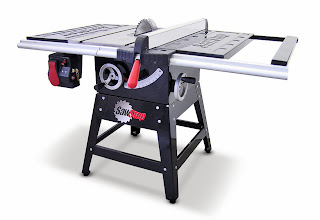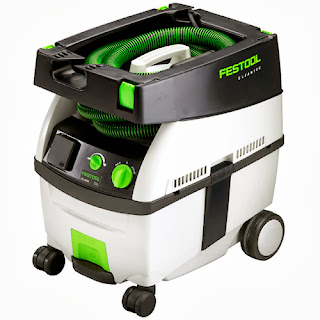Many woodworking shops have central
dust collection systems that are connected to all
major woodworking tools in the shop to keep sawdust to a minimum. In addition to keeping the tools' work surfaces cleaner, these dust collection systems will help keep sawdust out of the tool motors, which should lead to longer life for the machinery.
The problem is that most hobbyist or professional woodworkers may have limited shop space or a limited budget that prohibits the installation of a full-scale dust collection system.
The solution? A
portable wood shop vacuum (sometimes referred to as a portable dust extraction system or a wet/dry vac). These units are versatile, as many can suck up liquids as well as dry materials. However, for woodworking purposes, when choosing one of these shop vacs, there are a few features for which you should be sure to look.
Woodworking Features
The first feature to look for when
choosing a woodworking vacuum is air flow. If the vacuum doesn't have a large enough motor to pull in the majority of the sawdust that your woodworking tool creates, it isn't much good. Compare the CFM (cubic feet-per-minute) ratings between different units. Typically, a motor with a higher amp or HP rating will have a higher CFM, but not always.
Second, check to see that the hose is large enough to handle your biggest woodworking tools, and that you have the ability to connect to all of your power tools. You may need to buy an accessory kit to match all of your power tool ports.






